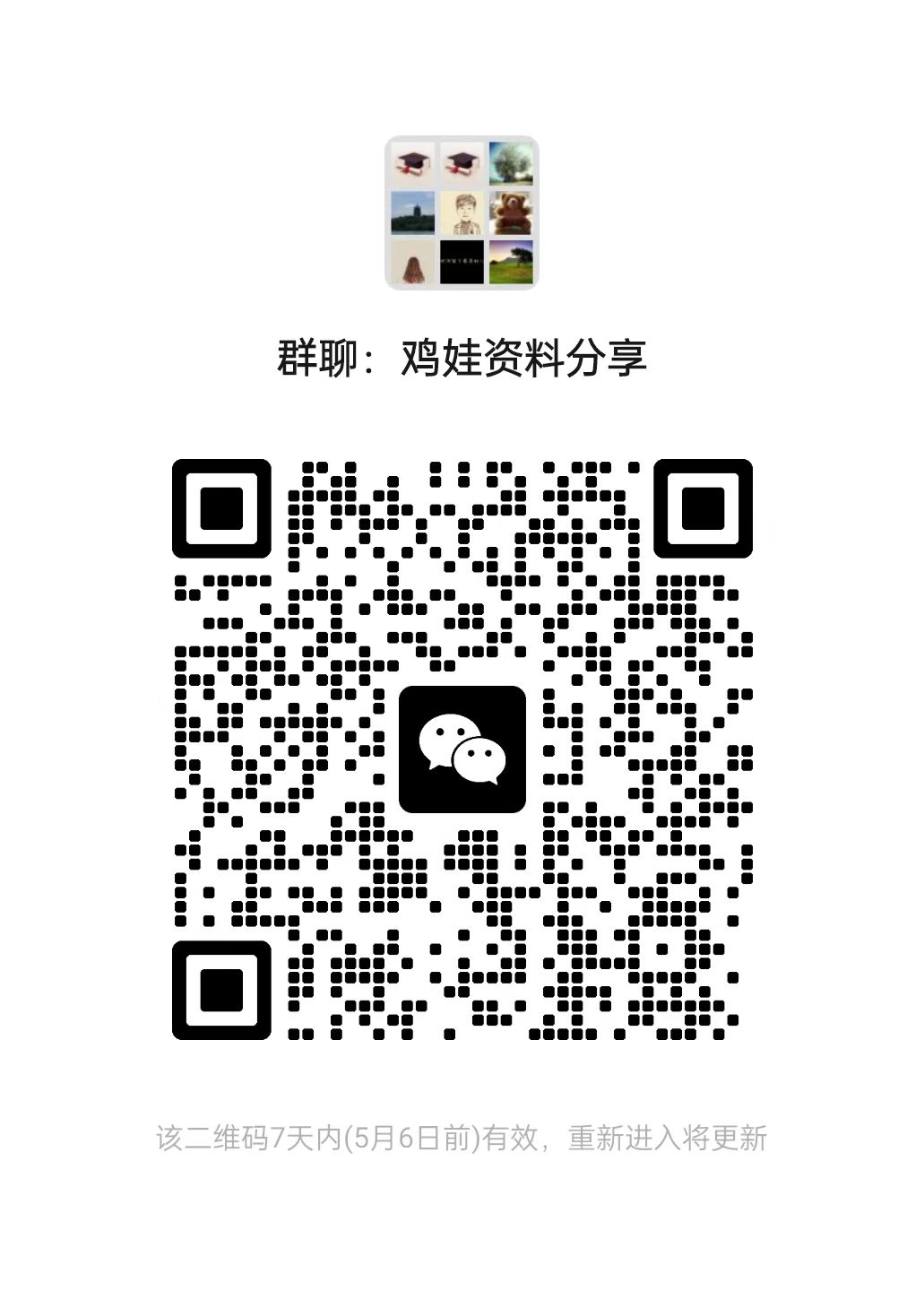蓝若惜
20-6-21发布 阅读:952
回复:3
香港英语教育领域课程指引补充文件(中一至中三)(适合撰写英语教育论文)
Preamble
The Supplement to the English Language Education Key Learning Area Curriculum Guide
(Secondary 1 — 3) (2018) (this Supplement) is prepared by the Curriculum Development
Council (CDC) Committee on English Language Education. It is a supplement to the
English Language Education Key Learning Area Curriculum Guide (Primary 1 —
Secondary 6) (2017) (the ELE KLA Curriculum Guide 2017)
(http://www.edb.gov.hk/elecg) aiming at providing teachers with further suggestions on
the implementation of the English Language curriculum at Key Stage 3 (Secondary 1 —
3). When planning the junior secondary English Language curriculum, schools should
make reference to the ELE KLA Curriculum Guide 2017 for an overall picture of the
curriculum framework and curriculum planning, the guiding principles of and approaches
to learning, teaching and assessment practices, and the use and management of learning
and teaching resources.
In preparing this Supplement, the CDC Committee on English Language Education has
taken into consideration the concerns, needs and suggestions of various key stakeholders
including schools, principals and teachers. Views on the major updates gathered from the
series of school briefing cum feedback collection sessions, the territory-wide school survey
conducted in 2015, school visits and focus group interviews with teachers conducted
between 2016 and 2018 are also incorporated.
This Supplement revisits curriculum emphases provided in the Syllabus for English
Language (Secondary 1 — 5) (1999) for renewal and puts forth new emphases to reflect
the changing contexts. It provides details about promoting Language across the Curriculum
at the secondary level, the learning and teaching of language arts and the four language
skills, namely listening, speaking, reading and writing in regard to the major updates of the
English Language Education curriculum, with particular emphasis placed on the use of eresources
to promote effective learning and teaching. The four language skills are
interrelated and interdependent, and real-life communication usually involves the use of
more than one language skill. Hence, opportunities should be provided for students to learn
and exercise the integrated use of the language skills for authentic and purposeful
communication through the use of tasks. However, for the sake of clarity and simplicity,
the four language skills are presented separately in this Supplement. Teachers can refer to
the Examples (http://www.edb.gov.hk/eleklacgexamples) developed to support the ELE
KLA Curriculum Guide 2017 for suggestions on the integrated use of language skills and
other areas covered in this Supplement



The Supplement to the English Language Education Key Learning Area Curriculum Guide
(Secondary 1 — 3) (2018) (this Supplement) is prepared by the Curriculum Development
Council (CDC) Committee on English Language Education. It is a supplement to the
English Language Education Key Learning Area Curriculum Guide (Primary 1 —
Secondary 6) (2017) (the ELE KLA Curriculum Guide 2017)
(http://www.edb.gov.hk/elecg) aiming at providing teachers with further suggestions on
the implementation of the English Language curriculum at Key Stage 3 (Secondary 1 —
3). When planning the junior secondary English Language curriculum, schools should
make reference to the ELE KLA Curriculum Guide 2017 for an overall picture of the
curriculum framework and curriculum planning, the guiding principles of and approaches
to learning, teaching and assessment practices, and the use and management of learning
and teaching resources.
In preparing this Supplement, the CDC Committee on English Language Education has
taken into consideration the concerns, needs and suggestions of various key stakeholders
including schools, principals and teachers. Views on the major updates gathered from the
series of school briefing cum feedback collection sessions, the territory-wide school survey
conducted in 2015, school visits and focus group interviews with teachers conducted
between 2016 and 2018 are also incorporated.
This Supplement revisits curriculum emphases provided in the Syllabus for English
Language (Secondary 1 — 5) (1999) for renewal and puts forth new emphases to reflect
the changing contexts. It provides details about promoting Language across the Curriculum
at the secondary level, the learning and teaching of language arts and the four language
skills, namely listening, speaking, reading and writing in regard to the major updates of the
English Language Education curriculum, with particular emphasis placed on the use of eresources
to promote effective learning and teaching. The four language skills are
interrelated and interdependent, and real-life communication usually involves the use of
more than one language skill. Hence, opportunities should be provided for students to learn
and exercise the integrated use of the language skills for authentic and purposeful
communication through the use of tasks. However, for the sake of clarity and simplicity,
the four language skills are presented separately in this Supplement. Teachers can refer to
the Examples (http://www.edb.gov.hk/eleklacgexamples) developed to support the ELE
KLA Curriculum Guide 2017 for suggestions on the integrated use of language skills and
other areas covered in this Supplement




